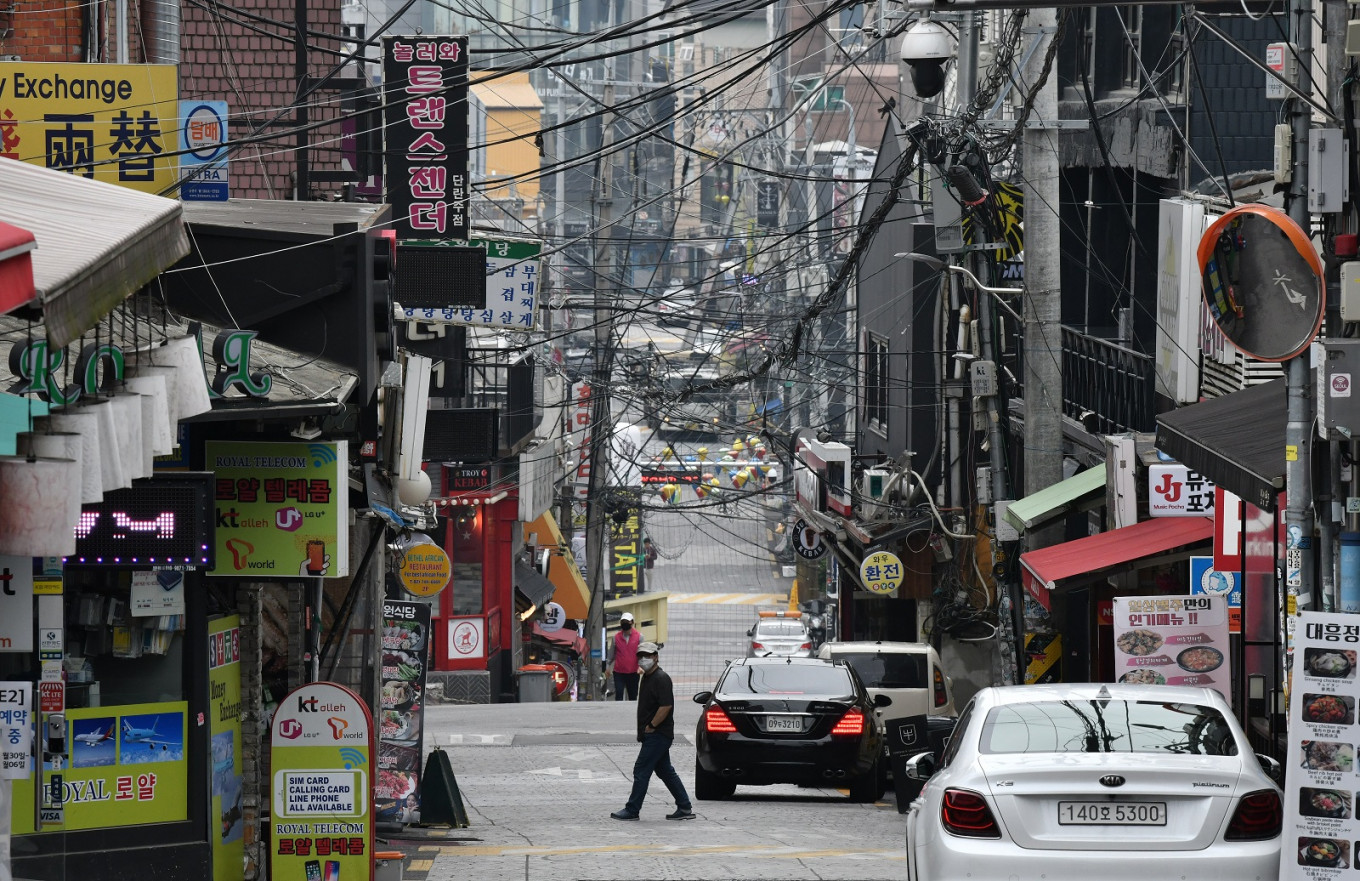Popular Reads
Top Results
Can't find what you're looking for?
View all search resultsPopular Reads
Top Results
Can't find what you're looking for?
View all search resultsFrom Itaewon to Hongdae, coronavirus spread through karaoke rooms
Change text size
Gift Premium Articles
to Anyone
K
araoke rooms emerged as a route of secondary and tertiary transmissions of COVID-19, with some new infections with unclear links found to be traced to a karaoke facility visited by a confirmed patient.
Health authorities have identified a link between recent five infections at the university district of Hongdae, western Seoul, and cases linked to nightclubs and bars in Itaewon -- the same karaoke room.
One of the patients in Hongdae, whose routes of transmission remained unidentified, had used the same karaoke room in Gwanak District as a confirmed patient linked to the Itaewon cluster, just three minutes apart, according to the Seoul Metropolitan Government.
Such a chain transmission has been reported at another karaoke establishment in northern Seoul, where a Itaewon clubber’s close contact, who tested positive for COVID-19, had visited.
Two people, who visited the karaoke facility, tested positive for the virus later even though the patients used different rooms from the Itaewon clubber’s contact. But the rooms used the same air ventilation system, through which the virus could have spread.
Jeong Eun-kyeong, chief of the Korea Centers for Disease Control and Prevention, however, dismissed the possibility of spreading the virus through the ventilation system, adding the virus could have spread through droplets in the air produced by singing.
“There is a possibility that the virus was transmitted through contacts in common areas, such as toilets and resting rooms,” she said at a briefing Friday. “We see the chance of transmission as being higher through sharing the same space and time than through the ventilation system.
Korea had reported 153 cases connected to the cluster in Itaewon, Seoul’s party district, as of Friday noon, with most of them in their 20s or younger. Some 63 infections involved people who had not visited the area, which are believed to be secondary and tertiary transmission cases.
This article appeared on The Korea Herald newspaper website, which is a member of Asia News Network and a media partner of The Jakarta Post











